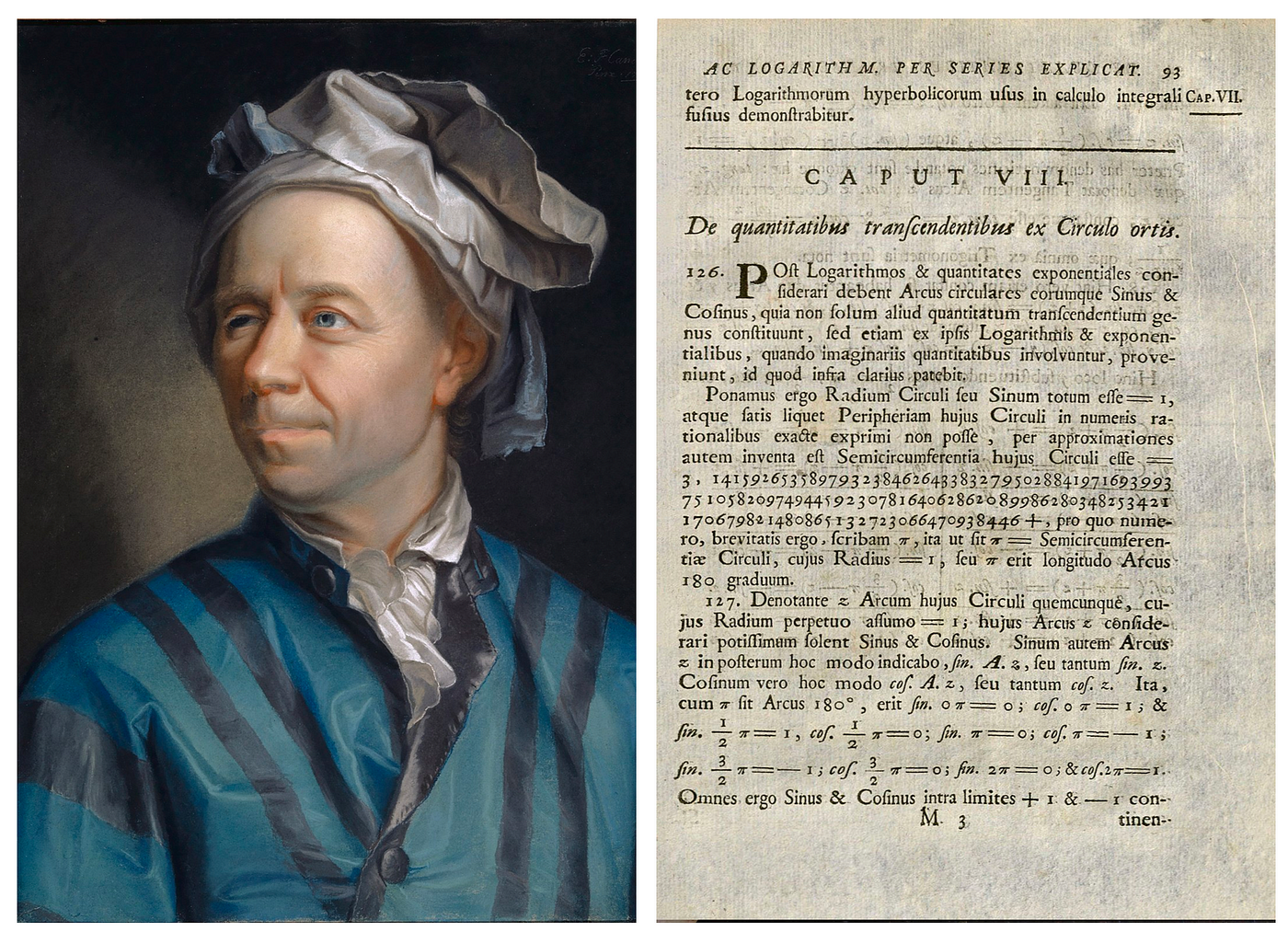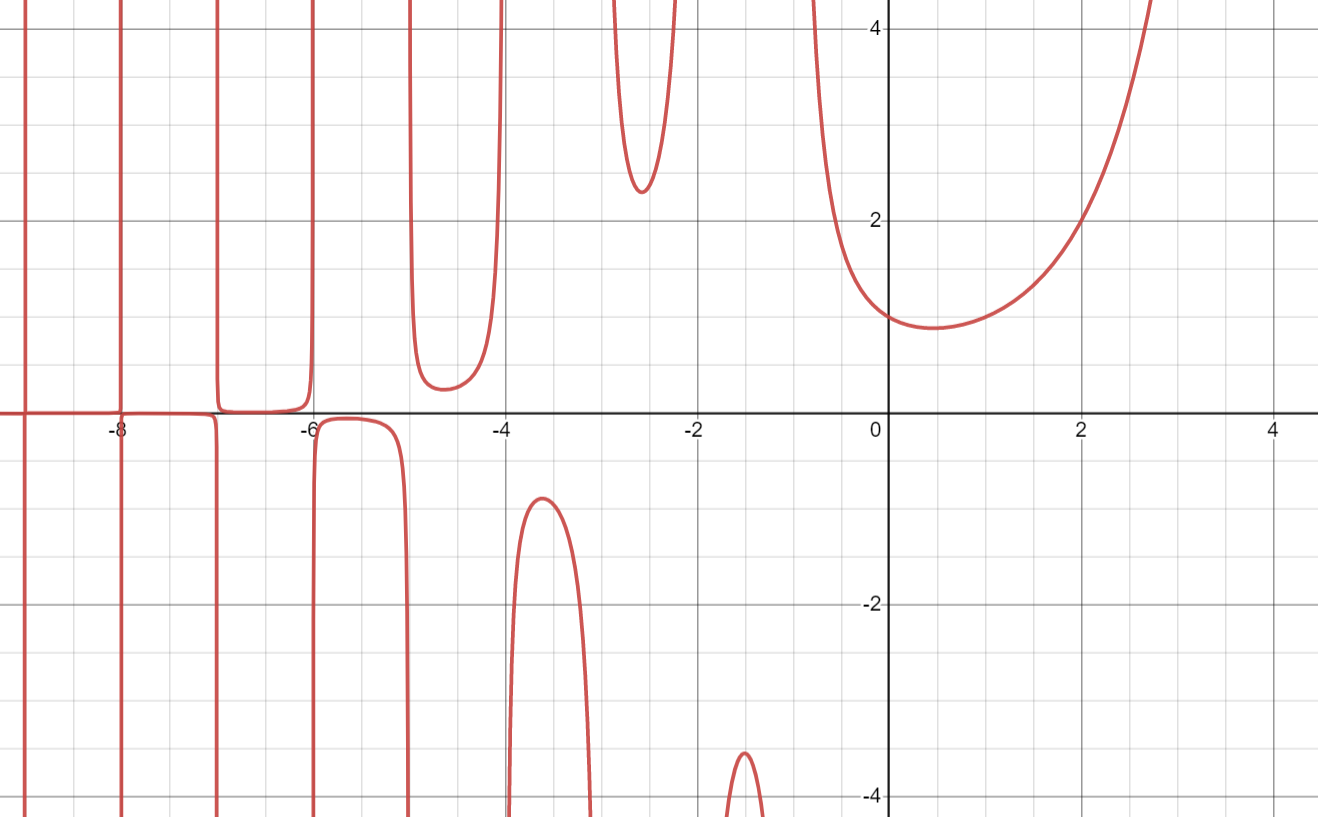“Nothing takes place in the world whose meaning is not that of some maximum or minimum.”― Leonhard Euler
A Brief Introduction
Esteemed folks of mathematical sciences are quite familiar with the name Leonhard Euler, was one of the greatest mathematicians in history: not only did he produce outstanding mathematics, but he also produced it at an outrageous rate, publishing more than any other single mathematician before or after him. If the quality of output multiplied by the quantity of output is equal to greatness, then Euler is the greatest mathematician ever. His discoveries greatly influenced the fields of mathematics and physics. Perhaps the best-known of Euler’s findings is the Euler identity, which shows the relationship between fundamental mathematical constants and is often called the most beautiful equation in mathematics. He also introduced a notation for writing mathematical functions that are widely used today.

Story Behind Famous Eulerian Integral
Imagine it is 1743 and you are a mathematician at the peak of your powers. You are confronted by the following integrals which have never before been encountered by mathematicians:
It is not at all obvious just what to do. While primarily a mathematician, Euler was often stimulated in his mathematics by questions raised during the study of physical problems. In this case, the above two integrals occurred in an analysis of the physics of a coiled spring. Much later, in 1815, the French mathematicians Cauchy and Poisson developed equivalent integrals in certain hydro-dynamical applications. 3 years later, in 1818, the French scientist Augustin Jean Fresnel (1788-1827) also ran up against
“We must admit that analysis will make no small gain should anyone find a method whereby, approximately at least, the value of [these integrals] would be determined…. This problem does not seem to be unworthy of the best strength of geometers.”
The best that even Euler could do in 1743, however, was to find convergent infinite series for
Dealing Gamma Integral As Improper Integral
While you learn integration you’ll work with two main types of integrals, definite integrals, and indefinite integrals. The difference between the two is those definite integrals have limits of integration, and indefinite integrals do not. When you first start working with definite integrals you’ll use simple real numbers for your limits of integration, but you’ll soon see that more is possible. It’s very common to see upper limits of integration set to infinity, and lower limits set to negative infinity.
| Indefinite Integral | Proper Definite Integral | Improper Definite Integral |
|---|---|---|
Any definite integral that has one or more infinite limits of integration, or an integrand that approaches infinity within its limits of integration is known as an improper integral. Improper integrals pop up all the time in calculus and other higher-level math courses. Here we’ll look at the properties of one famous function defined by an improper integral known as the gamma function.
The Necessity of Improper Integral
The purpose of using improper integrals is that one is often able to compute values for improper integrals, even when the function is not integrable in the conventional sense (as a Riemann integral, for instance) because of a singularity in the function as an integrand or because one of the bounds of integration is infinite.
Convergence of Gamma Integral
As it’s already claimed that gamma integral is an improper integral, so before going to compute
We consider the two integrals separately.
First, consider
When
which is a finite and non-zero limit. So, the integral will be convergent when
Next, we consider
Hence, the given integral is convergent when
Now, we will evaluate the
Evaluation of Gamma Integral
We have
Remarks :
Corollary
We have,
Euler found a continuous function of the real variable

This article is a short introduction about Eulerian Integral. Moreover, we will definitely explore lots of fascinating mathematical insights and problems which is highly motivate us for core understanding of improper integrals, probability distributions and their applications, and lots more insightful applications of mathematics.
References
“Leonhard Euler’s Integral: An Historical Profile of the Gamma Function” (PDF). Archived (PDF) from the original on 12 September 2014. Retrieved 11 April 2022.
Abramowitz, Milton; Stegun, Irene A., eds. (1972). “Chapter 6”. Handbook of Mathematical Functions with Formulas, Graphs, and Mathematical Tables. New York: Dover.
Press, W. H.; Teukolsky, S. A.; Vetterling, W. T.; Flannery, B. P. (2007). “Section 6.1. Gamma Function”. Numerical Recipes: The Art of Scientific Computing (3rd ed.). New York: Cambridge University Press. ISBN 978-0-521-88068-8.